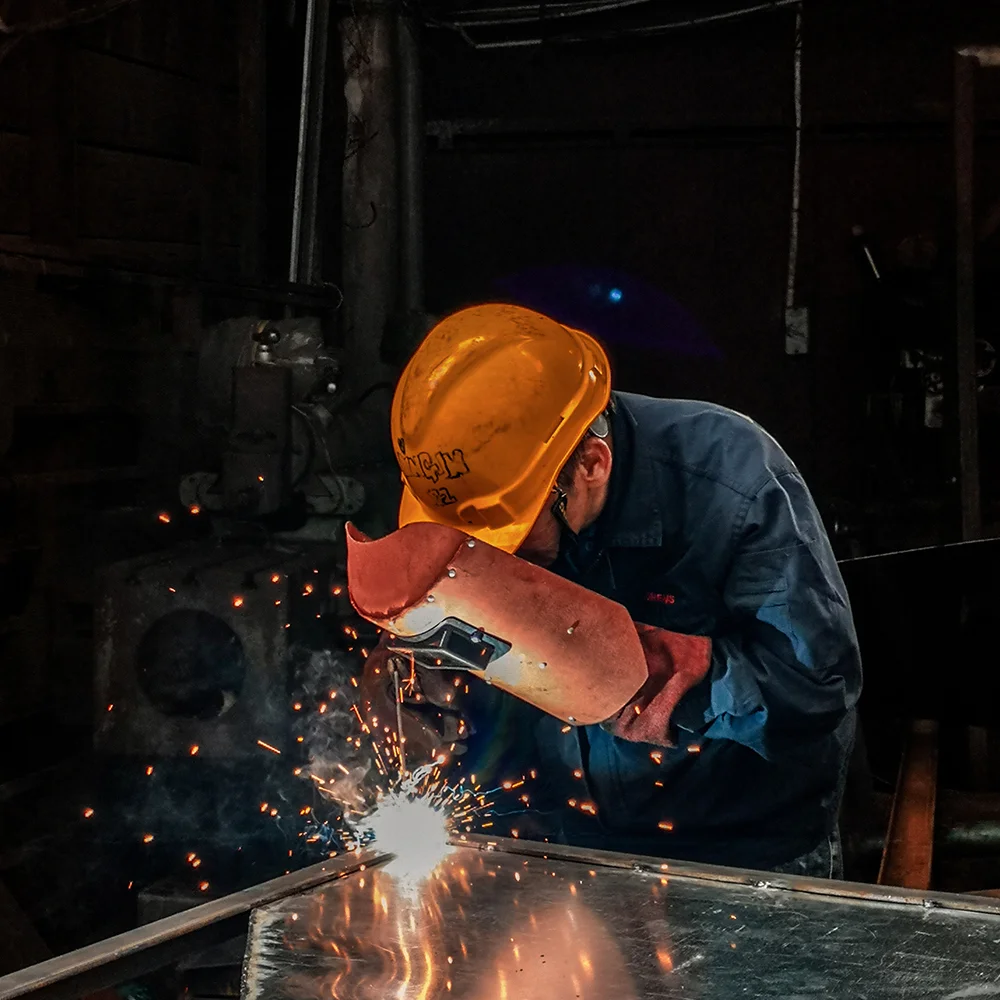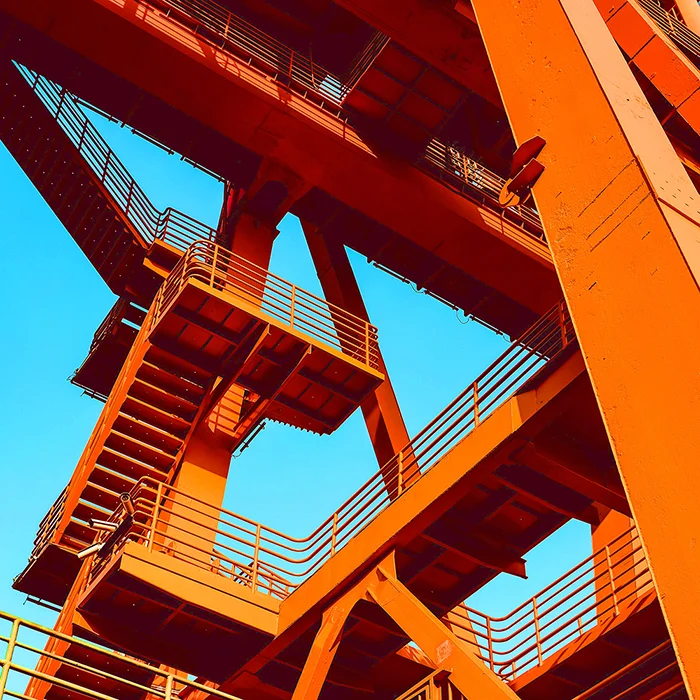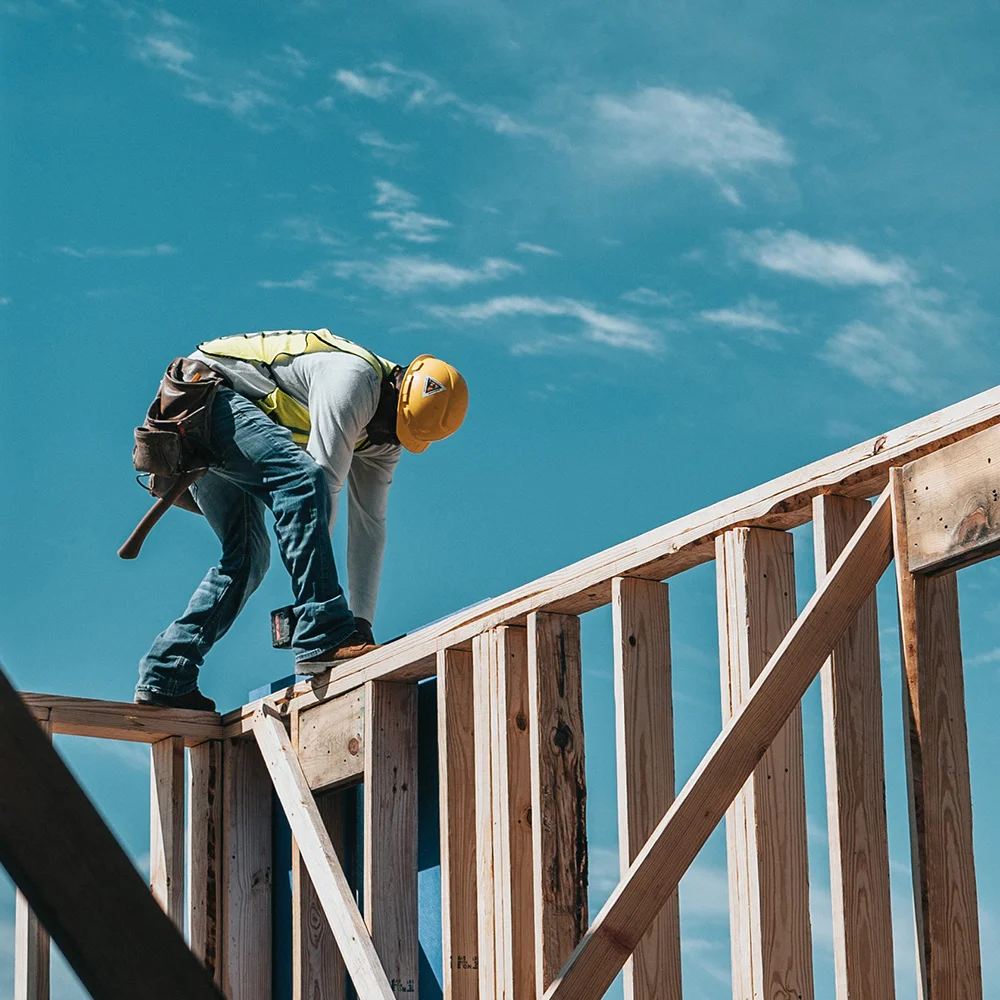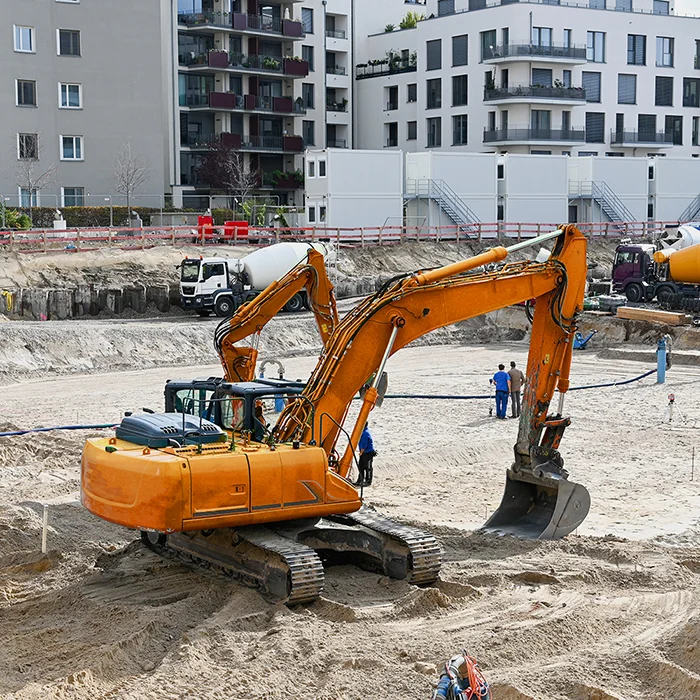Building a sustainable home has shifted from an environmental luxury to a practical necessity. With construction accounting for nearly 40% of global carbon emissions, choosing eco-friendly building materials represents one of the most impactful decisions homeowners can make for both the planet and their wallets.
Sustainable building materials offer compelling advantages beyond environmental benefits. They often provide superior insulation, improved air quality, and long-term cost savings through reduced energy bills. Many eco-friendly options also boast impressive durability, meaning fewer replacements and repairs over your home’s lifetime.
Whether you’re planning a new build, major renovation, or simply looking to make more conscious choices for smaller projects, understanding your sustainable material options empowers you to create a home that aligns with your values without compromising on quality or aesthetics. This guide explores the most effective eco-friendly building materials available today, helping you make informed decisions for your sustainable home project.
What Makes Building Materials Eco-Friendly?
Sustainable building materials share several key characteristics that distinguish them from conventional alternatives. The most eco-friendly options are renewable, meaning they can be replenished naturally within a reasonable timeframe. Bamboo exemplifies this perfectly—it grows up to 35 inches in a single day and reaches maturity within three to five years.
Low environmental impact during production matters enormously. Materials requiring minimal processing, transportation, or toxic chemicals during manufacturing inherently carry smaller carbon footprints. Locally sourced materials reduce transportation emissions whilst supporting regional economies.
Recyclability and biodegradability represent crucial factors. Materials that can be safely returned to the earth or repurposed at the end of their lifecycle prevent landfill accumulation. Cork, for instance, biodegrades completely, whilst steel can be recycled indefinitely without losing its structural properties.
Energy efficiency during use phase often proves most significant. Materials providing excellent insulation reduce heating and cooling demands throughout your home’s lifetime, potentially offsetting their initial environmental costs many times over.
Sustainable Foundation and Structural Materials
Recycled Steel
Steel recycling has reached impressive efficiency levels—approximately 90% of structural steel contains recycled content. This material offers exceptional strength-to-weight ratios, earthquake resistance, and durability spanning decades. Unlike timber framing, steel doesn’t attract termites, rot, or require chemical treatments.
Modern recycled steel production uses electric arc furnaces, which consume significantly less energy than traditional blast furnaces. The material’s longevity means structures can last 50-100 years with minimal maintenance, making it exceptionally sustainable over full lifecycle assessments.
Rammed Earth
This ancient technique involves compacting moistened earth into forms, creating incredibly durable walls. Rammed earth provides excellent thermal mass, naturally regulating indoor temperatures by absorbing heat during warm periods and releasing it when temperatures drop.
The material offers outstanding durability—properly constructed rammed earth buildings can last centuries. It requires minimal processing, often using soil excavated directly from the building site. This eliminates transportation emissions whilst creating structures that blend harmoniously with natural landscapes.
Recycled Concrete Aggregate
Crushing demolished concrete creates aggregate suitable for new construction projects. This process diverts waste from landfills whilst reducing demand for virgin quarried materials. Recycled concrete aggregate performs comparably to traditional aggregate in most applications, including foundations, driveways, and structural elements.
Using recycled concrete can reduce project costs by 10-15% compared to virgin materials. The practice supports circular economy principles by keeping materials in productive use rather than treating them as waste.
Eco-Friendly Insulation Options
Sheep’s Wool Insulation
Natural sheep’s wool provides excellent insulation properties whilst offering unique moisture management capabilities. Unlike synthetic insulation, wool can absorb up to 30% of its weight in moisture without losing insulative properties, helping prevent condensation problems within wall cavities.
Wool insulation requires minimal processing—cleaning, treating for fire resistance, and forming into batts. The material naturally resists pests, doesn’t require toxic flame retardants, and improves indoor air quality by absorbing pollutants. At end of life, wool insulation can compost completely.
Cellulose Insulation
Made from recycled newspaper and cardboard, cellulose insulation diverts paper waste from landfills whilst providing R-values comparable to fibreglass. The manufacturing process requires 90% less energy than producing fibreglass insulation.
Cellulose provides excellent sound dampening and air sealing properties. Its dense-pack installation method reduces air infiltration more effectively than batt insulation. Fire-retardant treatments use borates—naturally occurring minerals that don’t emit toxic fumes during fires.
Hemp Insulation
Hemp cultivation actually improves soil health, absorbing more CO2 than most crops whilst requiring no pesticides or fertilisers. Hemp insulation batts install similarly to traditional insulation but offer superior moisture management and mould resistance.
The material provides consistent R-values across temperature ranges and naturally resists pests. Hemp’s rapid growth cycle (120 days) makes it highly renewable, whilst its processing requires minimal energy input.
Sustainable Roofing Materials
Metal Roofing
Modern metal roofing often contains 25-95% recycled content and remains fully recyclable at end of life. These roofs can last 50-70 years with minimal maintenance, far outlasting traditional asphalt shingles that require replacement every 15-20 years.
Metal roofing reflects solar radiation effectively, reducing cooling costs by up to 25%. The lightweight nature reduces structural load requirements, potentially allowing lighter framing materials. Installation generates minimal waste, as panels can be custom-cut to exact specifications.
Clay and Concrete Tiles
Natural clay tiles provide exceptional longevity—many installations exceed 100 years. The materials require only firing in kilns, with modern production facilities often using renewable energy sources. Clay’s thermal mass properties help regulate indoor temperatures naturally.
Concrete tiles can incorporate recycled materials and provide comparable durability to clay. Both options resist fire, insects, and weather damage whilst maintaining their appearance over decades. Their weight requires robust structural support but contributes to overall building thermal mass.
Living Roofs
Green roofs provide multiple environmental benefits simultaneously. They absorb rainwater, reducing stormwater runoff whilst filtering pollutants. The vegetation provides habitat for wildlife, especially important in urban areas where green space remains limited.
Living roofs offer excellent insulation properties, reducing heating and cooling demands. They also help combat urban heat island effects by cooling surrounding air through evapotranspiration. Modern systems incorporate lightweight growing media and efficient drainage to minimise structural requirements.
Eco-Friendly Flooring Solutions
Bamboo Flooring
Bamboo’s rapid regeneration makes it exceptionally sustainable—harvesting doesn’t damage the root system, allowing continued growth. Modern bamboo flooring rivals hardwood in durability whilst offering unique aesthetic appeal through its natural grain patterns.
Strand-woven bamboo provides hardness comparable to oak or maple. The manufacturing process can utilise formaldehyde-free adhesives, ensuring excellent indoor air quality. Installation methods mirror traditional hardwood, making it accessible for most contractors.
Cork Flooring
Cork harvesting involves stripping bark from cork oak trees without harming them—trees can be harvested every 9-12 years for up to 200 years. This process actually stimulates growth, making cork production actively beneficial for forest health.
Cork flooring provides natural antimicrobial properties, resistance to insects, and excellent sound absorption. Its cellular structure offers comfortable underfoot cushioning whilst providing good insulation properties. Cork naturally resists moisture and can be refinished multiple times.
Reclaimed Hardwood
Salvaging timber from demolished buildings, old barns, or other structures prevents waste whilst providing unique aesthetic character. Reclaimed wood often comes from old-growth forests, offering superior density and grain patterns unavailable in new timber.
The materials require minimal processing beyond cleaning and refinishing. Each piece carries historical character and often displays superior stability, having already undergone decades of natural seasoning. Reclaimed wood supports circular economy principles whilst delivering distinctive visual appeal.
Natural Wall Materials
Straw Bale Construction
Agricultural straw represents a waste product that’s often burned, contributing to air pollution. Using straw bales for construction diverts this waste whilst creating walls with excellent insulation properties—R-values can exceed R-30 for typical wall thicknesses.
Properly constructed straw bale walls resist fire effectively due to their density, which prevents oxygen circulation necessary for combustion. The thick walls provide outstanding sound insulation and create unique architectural opportunities through their substantial depth.
Adobe and Clay Plasters
Adobe construction uses locally available clay, sand, and organic matter, requiring minimal transportation or processing. The thermal mass properties help moderate indoor temperatures naturally, reducing mechanical heating and cooling needs.
Clay plasters provide beautiful, textured finishes whilst offering natural humidity regulation. Unlike synthetic wall coverings, clay plasters allow walls to breathe, preventing moisture problems whilst maintaining healthy indoor air quality. These materials can be mixed and applied using traditional techniques requiring no specialised equipment.
Sustainable Hardware and Finishes
Low-VOC Paints and Stains
Volatile organic compounds (VOCs) contribute to poor indoor air quality and environmental pollution. Low-VOC and zero-VOC paints eliminate these concerns whilst providing comparable coverage and durability to conventional alternatives.
Natural paint options include milk paint, clay paint, and linseed oil-based formulations. These alternatives often provide unique aesthetic qualities whilst supporting better indoor air quality throughout the home’s lifetime.
Reclaimed and Recycled Hardware
Architectural salvage operations provide access to unique hardware pieces with character impossible to replicate in new manufacturing. Reclaimed hardware often displays superior craftsmanship and durability compared to modern mass-produced alternatives.
Recycling metal hardware prevents mining for virgin materials whilst offering cost savings. Many reclaimed pieces require only cleaning and minor restoration to provide decades of additional service.
Making the Right Choice for Your Project
Selecting appropriate eco-friendly materials requires balancing environmental impact, performance requirements, aesthetic preferences, and budget constraints. Climate considerations prove crucial—materials performing excellently in dry climates may struggle with humidity, whilst cold-climate solutions might prove unnecessary in temperate regions.
Local availability significantly impacts overall sustainability. Materials produced nearby reduce transportation emissions whilst supporting regional economies. Research local suppliers, salvage operations, and specialty distributors serving your area.
Consider lifecycle costs rather than just initial purchase prices. Durable materials with higher upfront costs often provide better value through reduced maintenance, replacement, and energy costs over time. Many sustainable materials qualify for tax credits, rebates, or green building certification points that offset initial investments.
Building Your Sustainable Future
Eco-friendly building materials offer practical pathways toward reducing environmental impact whilst creating healthier, more efficient homes. The options continue expanding as innovation addresses performance gaps and cost barriers that previously limited adoption.
Start by prioritising materials with the greatest impact—insulation, structural elements, and major finishes typically offer the best returns on sustainable investment. Research local suppliers and contractors experienced with eco-friendly materials to ensure proper installation and performance.
Consider consulting with green building professionals who can help optimise material selections for your specific climate, budget, and performance requirements. Their expertise can prevent costly mistakes whilst maximising both environmental and economic benefits of your sustainable building choices.








